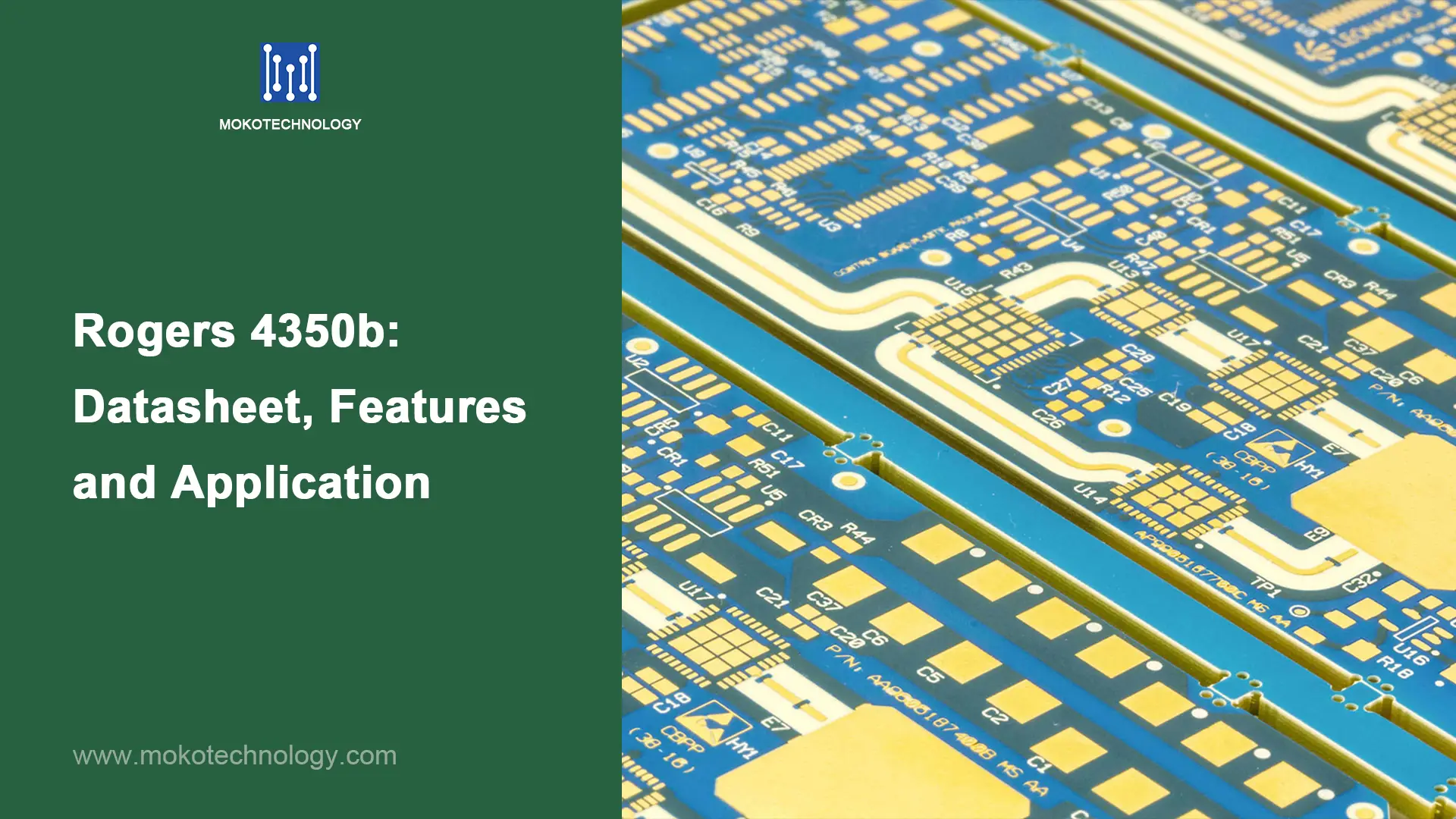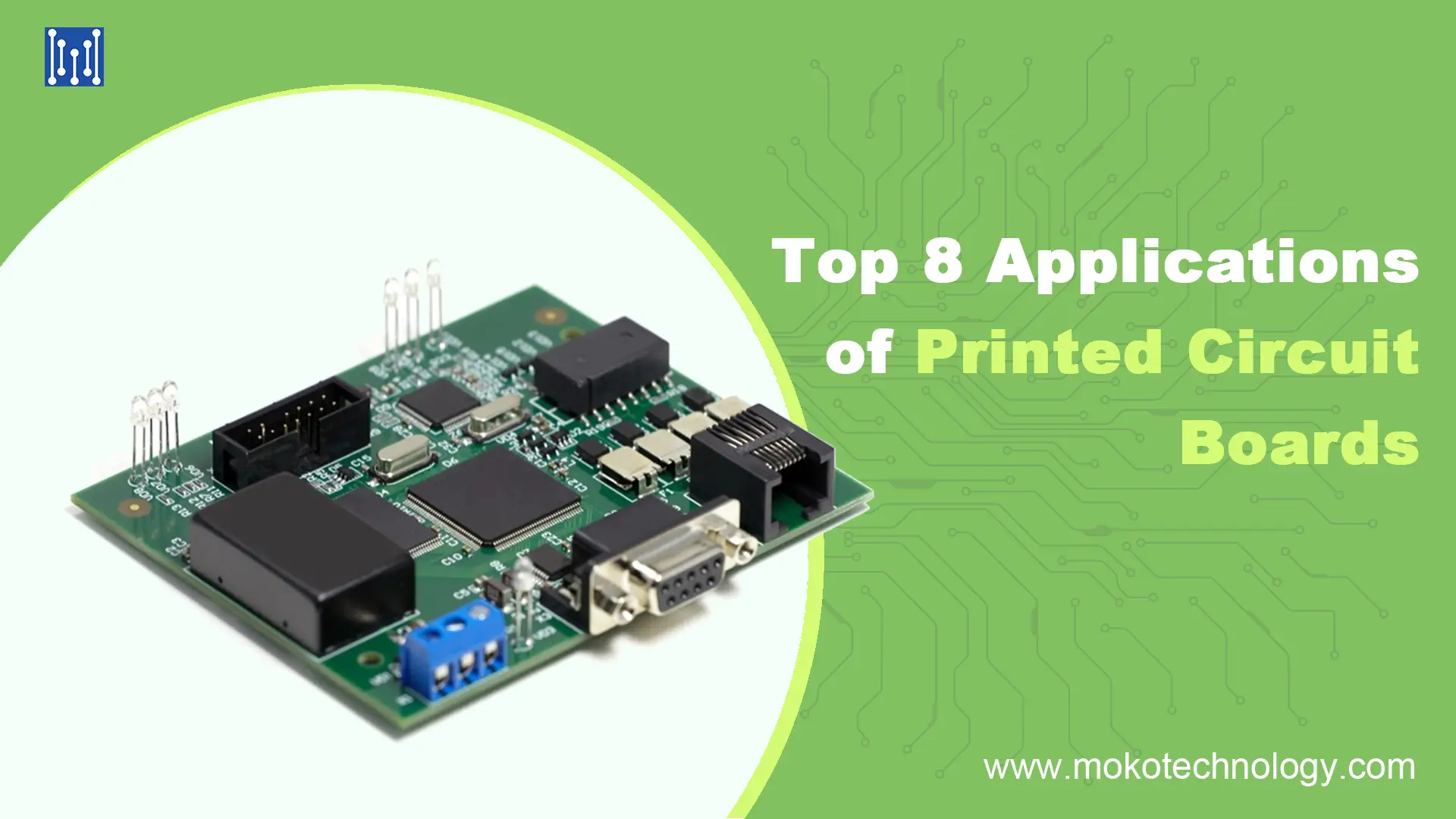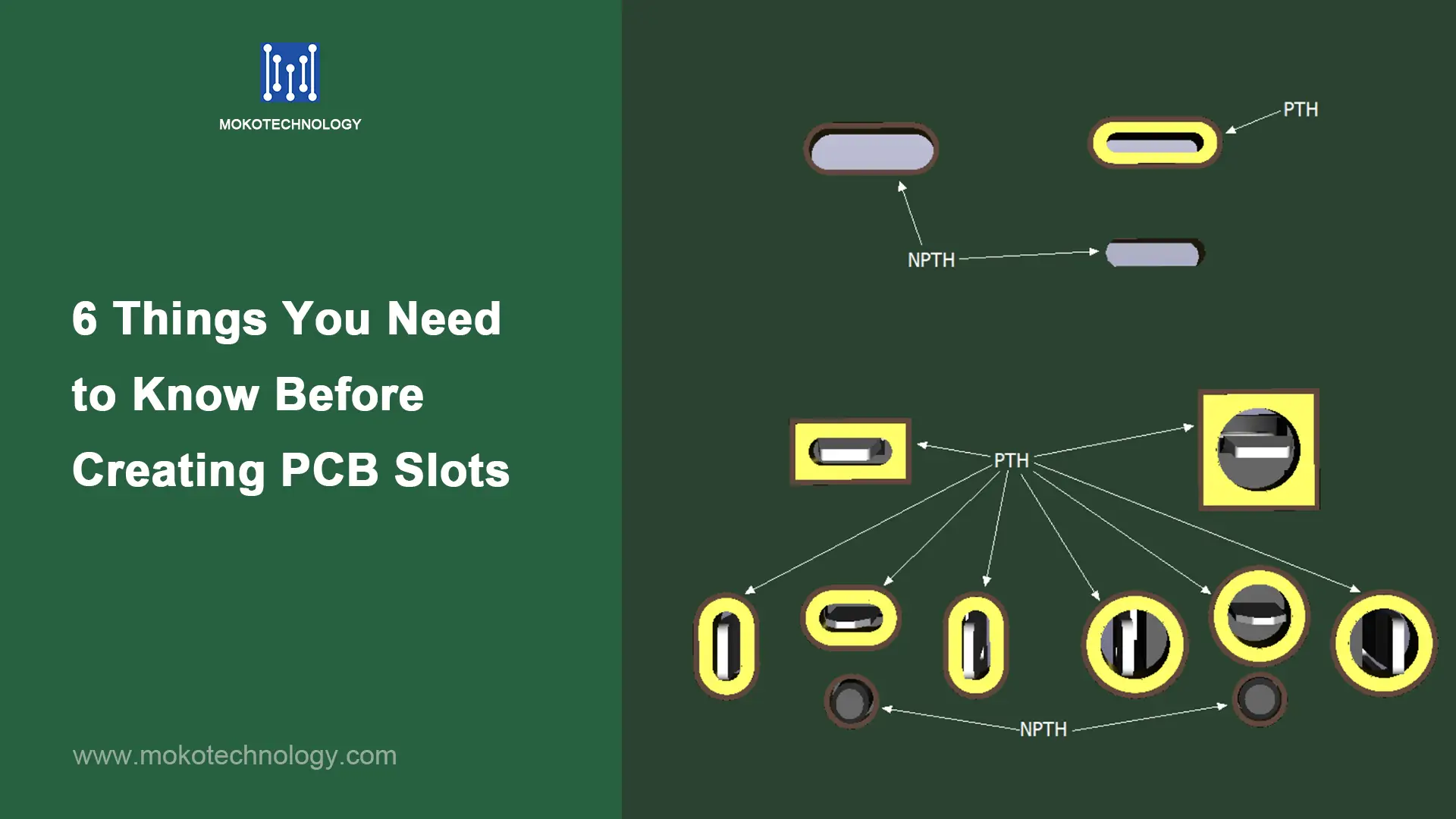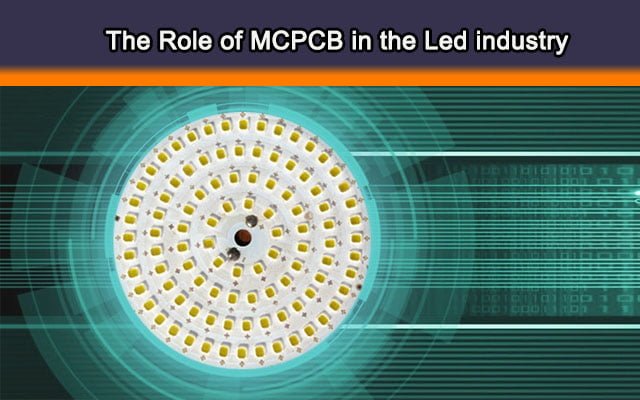This text will present the datasheet of Rogers 4350b, and then give some explanations for importance data as well as its features. Also, we explore the adaption of 4350b rogers towards PCB mass production at the end, with its further application.
Rogers 4350b Datasheet
| Property | Value | Units | Direction |
| Dielectric Constant,e, Process | 3.48 | / | Z |
| Dielectric Constant,e, Design | 3.66 | / | Z |
| Dissipation Factor tan,d | 0.0037 0.0031 | / | Z |
| Thermal Coefficient of e, | +50 | Ppm/℃ | Z |
| Volume Resistivity | 1.2*10^10 | MΩ*cm | / |
| Surface Resistivity | 5.7*10^9 | MΩ | / |
| Electrical Strength | 3.12(780) | KV/mm(V/mil) | Z |
| Tensile Modulus | 16767(2432) 14153(2053) | MPa(ksi) | X Y |
| Tensile Strength | 203(29.5) 130(18.9) | MPa(ksi) | X Y |
| Flexural Strength | 255(37) | MPa(kpsi) | / |
| Dimensional Stability | <0.5 | Mm/m(mils/inch) | X, Y |
| Coefficient Thermal Expansion | 10 12 32 | Ppm/℃ | X Y Z |
| Tg | >280 | ℃ TMA | / |
| Td | 390 | ℃ TGA | / |
| Thermal Conductivity | 0.69 | W/m/°K | / |
| Moisture Absorption | 0.06 | % | / |
| Density | 1.86 | G/cm³ | / |
| Copper Peel Strength | 0.88(5.0) | N/mm(pli) | / |
| Flammability | V-0 | / | / |
| Lead-Free Process Compatible | Yes | / | / |
What Is the Tg & Td Temperature of Rogers 4350b?
Tg>280 indicates that the glass transition temperature is 280 centigrade. In other words, when the temperature reaches 280 centigrade, Ro4350b begins to change from a highly elastic state to a glassy state. This transformation process is the macroscopic embodiment of polymer motion form transmission, which will directly affect the its performance and original properties.
Td>340 means thermal decomposition temperature is above 390 centigrade. That is, when 4350b rogers reaches 340 centigrade, the bonds inside its molecules begin to break, creating a new chemical reaction. Its physical properties makes related change, too.
Rogers 4350b Dielectric Constant
4350b rogers has a dielectric constant of 3.48, which is lower than the data of fr4 commonly used in the PCB industry. This means that it has a lower propagation speed of electromagnetic waves. This further helps to reduce the delay of signal transmission and improve the speed and efficiency of signal transmission.
Meanwhile, its dielectric constant tolerance is relatively low. In other words, its range of dielectric constant variation is small. Low dielectric constant tolerance greatly contributes to good micro-structure of the material. Therefore, the defects and impurities inside the material are less, leading to stable performance of the dielectric material. All these factors have a positive effect on the behavior of the dielectric in the electric field as well as the dielectric loss, causing less energy loss. In addition, its low dielectric constant temperature fluctuation is low. This allows reduction of PCB signal delay and distortion due to temperature changes, for improving the reliability and stability of the device.
Other Features of 4350b Rogers
Ro4350b coefficient thermal expansion at Z-axis is as low as 32 ppm/℃. When the temperature changes, the material expands or contracts less in the z-axis (usually the direction perpendicular to the plane or surface). This helps to maintain the stability of the PCB structure. Second, the low Z-axis thermal expansion coefficient reduce thermal stress, preventing stress accumulation and damage within the PCB due to temperature fluctuation. Furthermore, since the size of the material are less affected by temperature changes, designer can set the PCB structure in a more flexibly way without extra compensation measures for thermal expansion. Also, this reduces costs and enhance production efficiency.
When the printed board is working, especially under the condition where there is ion pollution and certain humidity, the metal between the adjacent wires or metallization holes may dissolve into ions and then precipitate in the insulation layer and surface, thereby reducing the insulation resistance of the material. Alternatively, conductive ions migrate inside the material along the glass fibers.
Then CAF impedance of rogers ro4350b is an excellent solution to the above problems. Its insulation performance so good that it can prevent current leakage and short circuit. A reducing equipment damage and repair costs due to electrical failures. Also, CAF impedance is critical for high-speed electronic devices and high-frequency signals equipment. It can improve the transmission efficiency of the circuit board and reduce the signal loss. Last but not least, CAF impedance is capable of preventing PCB fire or equipment damage due to current overload.
How Does Rogers 4350b PCB Suit Batch Manufacturing?
4350b rogers high-frequency board is fully adaptable to traditional PCB manufacturing techniques without special pre-treatment for through-hole copper plating (plasma treatment for PTFE plates) or any other extra processes. During solder resistance process, it can also adapts grind the board. Moreover, compared to traditional microwave material laminates, they are cheaper, so they are widely used in high-power RF design required fire protection class UL 94V-0. In particular, its processing technology is similar to FR-4, so it is suitable for batch producing as well as pressing with FR4 together for multiple PCB.
Application of 4350b Rogers
Thanks to its excellent dielectric constant, coefficient thermal expansion and CAF impedance, it is gains popularity in the field of high-frequency telecom field. For example, it is widely applied for cellular base station antennas, power amplifiers, microwave point-to-point connections, automotive radars and sensors, radio frequency identification tags, and high frequency heads for live broadcasting satellites.



